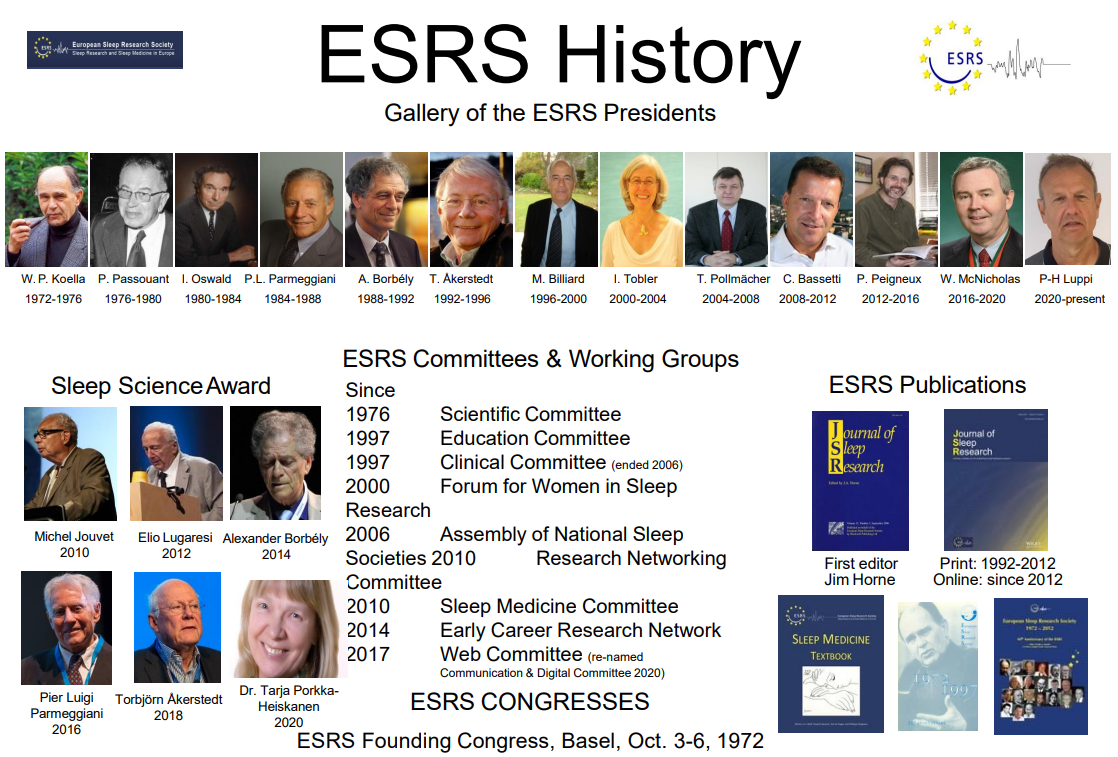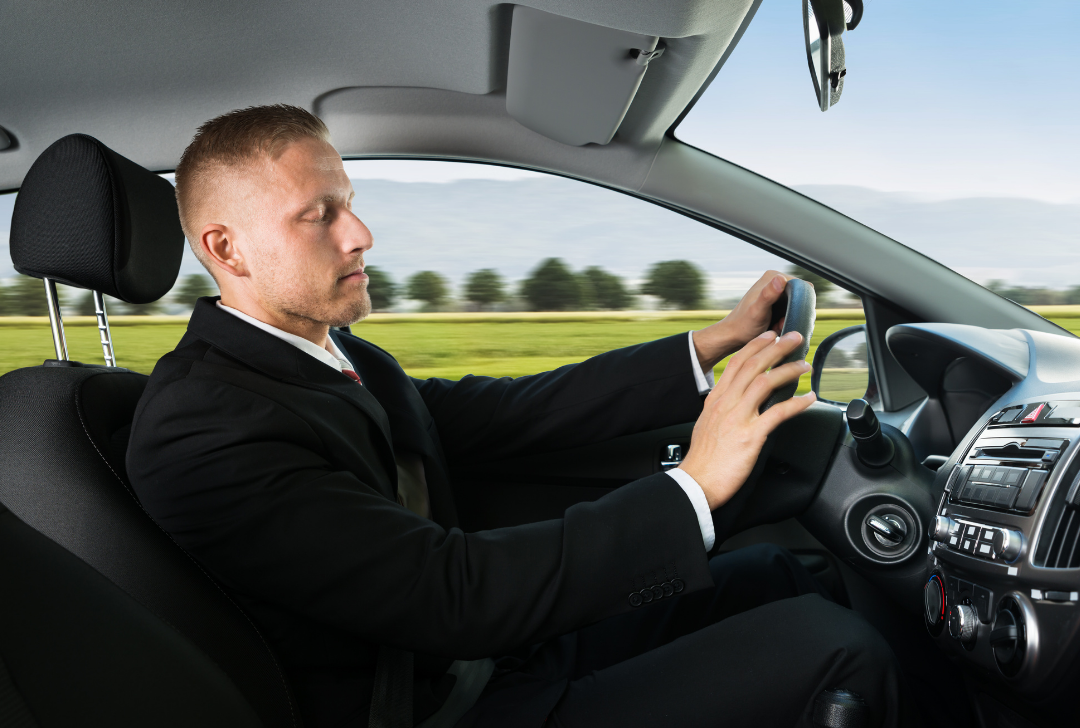Sleep Science Friday: Wake-Sleep Transition Zone – Microsleep Episodes
30 April 2021
What is a microsleep episode (MSE), and the importance for detection? Dr. David Schreier, Sleep-Wake Scientist at the Department of Neurology, Bern, Switzerland and Dr. Jelena Skorucak, Postdoctoral Researcher at the University of Zurich, Switzerland explain this in more detail, along with presenting their studies on the topic.
In their video below, Dr. Schreier states that while there is no universal definition of MSEs, they can be generally described as short episodes or periods of sleep, assuming the basic state is wakefulness (of which the opposite is arousal, which represents short periods of wakefulness assuming the basic state is sleep).
The accurate detection, scoring and diagnosis of MSEs is critical as it can be a major risk factor in various situations such as driving or operating other heavy machinery.
Recent studies have aimed to better characterize microsleep transition between wakefulness and sleep in order to develop a systematic approach on how to visually score the EEG in this transition period.
Dr. Schreier presents a visual differentiation between the Bern continuous and high-resolution wake-sleep (BERN) criteria and the American Academy of Sleep Medicine (AASM) criteria. With the BERN criteria, you can score MSEs as short as one second, and you continuously score, while with the AASM criteria, scoring is done in 50 or 30 second periods.
Manual (visual) scoring is very time consuming and difficult, which is why their research was aimed at the accurate identification of MSEs by automatic detection, including machine learning, for a faster and more standardized procedure.
Dr. Skorucak presents the details of a method for the automatic detection of MSEs based on the BERN scoring criteria and using classical machine learning tools. Their research has proved that these tools are highly reliable for MSE detection, especially when applied as in a semi-automatic approach in a clinical setting, where the results are validated by an expert.
Their algorithm was tested to determine whether the automatic detection developed on patient data maintenance of wakefulness test (MWT) could be applied to a healthy population in a driving simulator. This test worked well and also presented a high correlation between MSEs and driving performance.
Their research shows a close and time-critical relationship between sleepiness and driving performance, which is potentially valuable for the fitness-to-drive assessment.
Their findings indicate that MSEs might serve as a biomarker for sleepiness, which could help in the differential diagnosis, and for treatment control. According to Dr. Schreier, future research should include higher spatial resolution of the EEG recordings, but also include not only EEG defined micro microsleep episodes, but also behaviour-based and performance-based microsleep episodes and comparison of all those different modalities with each other.
Watch the entire interview with Drs. Schreier and Skorucak for more insights into MSEs and driving
Selected papers published by Dr. Schreier et al.:
- Hertig-Godeschalk et al. (2020). Microsleep episodes in the borderland between wakefulness and sleep. Sleep.
- Skorucak et al. (2020). Automatic detection of microsleep episodes with feature-based machine learning. Sleep.
- Skorucak et al. (2020). Automatically Detected Microsleep Episodes in the Fitness-to-Drive Assessment. Front Neurosci.
- Malafeev et al. (2021). Automatic Detection of Microsleep Episodes With Deep Learning. Front Neurosci.
Recent publications from ESRS members:
- Chung et al. (2021). The association between high risk of sleep apnea, comorbidities, and risk of COVID-19: a population-based international harmonized study. Sleep Breath.
- Rayapoullé et al. (2021). Longitudinal association between sleep features and refractive errors in preschoolers from the EDEN birth-cohort. Sci Rep.
- Peersmann et al. (2021). Does the guided online cognitive behavioral therapy for insomnia “i-Sleep youth” improve sleep of adolescents and young adults with insomnia after childhood cancer? (MICADO-study): study protocol of a randomized controlled trial. Trials.
- Skorucak et al. (2021). Homeostatic Response to Sleep Restriction in Adolescents. Sleep.
- Johnson et al. (2021). Model-based analysis of implanted hypoglossal nerve stimulation for the treatment of obstructive sleep apnea. Sleep.
Just published an article? Want your research to be featured? Saw something interesting? Contact us at ESRS…




